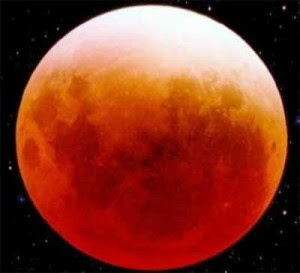
Almost thirty years ago I sat in the back of a bus with
P.K. Page, slightly in awe to be in the same space as such an accomplished poet. At her reading earlier in the day, many of the other poets there seemed to defer to her - George Bowering, Patrick Lane, David McFaddden, and Margaret Atwood (whose international star was rapidly rising).
P.K. died Jan 14, 2010.
She was nominated posthumously for a Griffin award this year, and at the reading, Toronto's poet laureate Dionne Brand recited a few of the poems that were shortlisted. One in particular made my hairs stand on end. It also made me want to read some Borges again.
In this poem, to me, P.K. wasn't writing of death as an event so much as the cumulative losses of aging. Of the limbo world of forgetting.
The Last Time
There is a line of Verlaine I shall not recall again,
There is a nearby street forbidden to my step,
There is a mirror that has seen me for the last time,
There is a door I have shut until the end of the world.
- "Limits" (Anthony Kerrigan, tr.) Jorge Luis Borges
I have been an omnivorous reader, cereal boxes
when I was a child at breakfast, comic strips
and all those stories in
Girls' Own Annual
that arrived at Christmas year after year and then
historical novels, Henty and Hugh Walpole
(and let me not forget 'The Little Red Hen'!)
Soon I shall not remember any detail -
the Arabian Nights, the Russians or D.H.L.
(When shall I totally not remember? When?)
There is a line of Verlaine I shall not recall again.
Everything slips away. The street I lived on
at the first address I ever learned by heart.
And all those years in barracks, teenage travels
England, Spain, and Fatima's Hand on doors.
The mysterious foreign world unfolded for me.
And places closer to home. Now their time is up.
Do they miss my footfall? My eager foolish heart?
Not only the streets of New York, the streets of London
and not only the path that leads uphill to the top,
there is a nearby street forbidden to my step.
And then there are mirrors in which I am forgotten.
Until puberty I was like a cat or dog
unable to see myself, but vanity came
with adolescence - does that ear stick out?
And later, 'Am I beautiful enough to please him?'
And later still, 'My anti-wrinkle cream
is total disaster.' I am grey, without lustre.
I refuse to look at myself in the glass.
Though I tell myself old age is not a crime,
there is a mirror that has seen me for the last time.
When will the end of the world, its trumpets blaring,
uplift the holy and take them home to heaven?
And what of us, the wicked, who were not taken?
Don't ask. There are a multitude of answers
all of them known to hospitals and prisons.
Shall I lie with my nails painted, my hair curled
awaiting my beloved, as of old?
Will darkness snuff me out in the blink of an eye?
or shall I, like Jorge Luis Borges, see only gold?
There is a door that I have shut until the end of the world.
photo credit: me! Venice


























